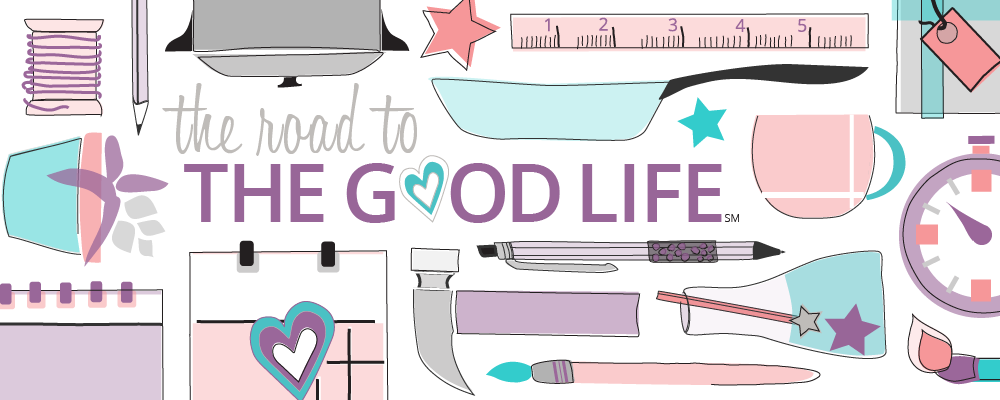Make: Finding Inspiration
I collect inspiration. Magazines. Catalogs. Children's books. Direct mailers. You name it; if it has an interesting design, chances are I have it squirreled away.
Rarely do I sit down and ponder what grabbed my attention or really think about my own design aesthetic. Until Week 5 of Find Your Voice workshop, I had never really looked at my collection and identified why an individual piece or series of pieces spoke to me.
I organize everything I collect into drawers or files either an arm's reach or few steps from my desk that I pull out when I'm working on a new project. I have catalogs from Anthropologie, CB2, Crate and Barrel, Free People, Nordstrom, Pottery Barn, Sur La Table, Urban Outfitters, West Elm, and Williams Sonoma. I have magazine files stuffed with 3191, 8 Faces, Anthology, Kinfolk, Sweet Paul, and Uppercase.
Mixed in with my catalogs and my magazines, I have children's books (or had children's books until Gates claimed my stash as her own), direct mailers, programs, and more. The children's books are inspiring, because they need to capture a young reader's attention without overwhelming them. They limit fonts, use a simple color palette, and employ lots of whitespace. They're lessons in restraint. In editing one's self.
Of my collection, the magazines and the catalogs that draw me in the most are: 3191, Crate and Barrel, Free People, and Urban Outfitters. I'm mostly drawn to these catalogs and magazines because they have a personality. Catalogs and magazines know that most people who buy from them or read them identify with the brand. How best to get someone to identify with you? Personality. Storytelling.
Free People, as well as Urban Outfitters, use a decorative handwritten font to convey a sense of casualness or sense of being "in the moment." I get the feeling as if I'm reading a diary (Free People) or a scrapbook (Urban Outfitters). They feel bound by time, as if there's a start and an end.
From Inspiration to Final Project
Many children's books give visual clues to the reader as to where they are in a story; when I write stories with endings, I like letting readers know the pacing. I especially like the chapter signposts used in "How We Travel on Land" by Malcolm M. Provus (1962). I leveraged this design element in my first edition of Dispatches from The Station.
Creatively Blocked? Really Look at What You Collect for a Fresh Perspective.
This summer I've been contributing to the Find Your Voice workshop. I've especially liked the workshop because it asks each of us to look at all aspects of our personal stories, not just the words that we write. If you feel like you're stuck, step back and take a look at what you collect. For each item, identify why you have it. Is it visually appealing? Is there an emotional connection, a reminder of a trip you took or a special occasion. This introspection will help you match what you're trying to share with what you maybe sharing unintentionally.
Join us This Summer for a Free Storytelling Workshop
If you've been searching for your voice, I highly recommend joining us for the 2015 Find Your Voice Workshop, starting Wednesday July 1st 2015. To get a taste of what to expect, check out some of the projects I completed for the inaugural workshop in 2013:
- Week 1: Introduction - I decorated my project binder.
- Week 2: Who Are You? - I repurposed a vintage skirt hanger as a mood board.
- Week 4: What is Your Storytelling Style - I created a photo memoir box.
- Week 5: - I made I AM photo labels.
Credits: All layouts designed by and images taken by Eden Hensley Silverstein for The Road to the Good Life.
